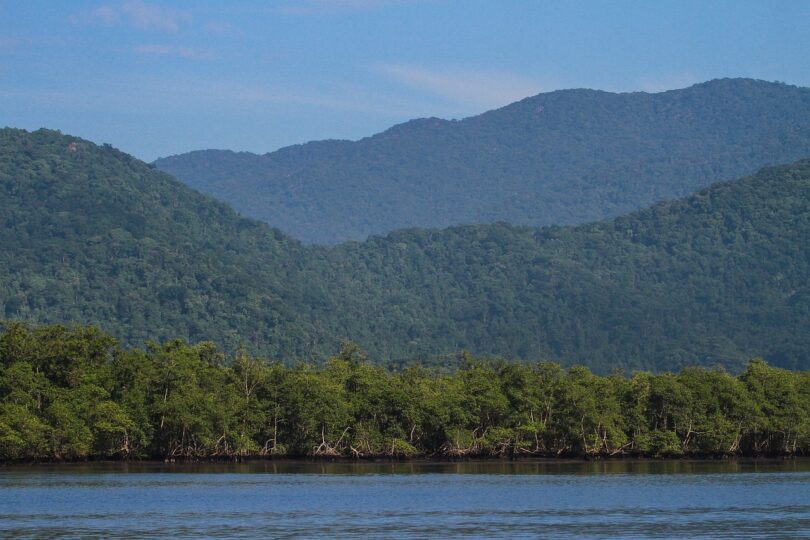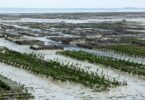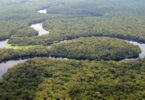Mangroves, the extraordinary trees that thrive at the meeting point of land and sea, play a vital role in maintaining the health of our oceans and coastal environments. Their unique adaptability to saltwater allows them to flourish in challenging conditions, making them a critical component of coastal ecosystems. But what makes these remarkable trees so important? Let’s delve into the various reasons why mangroves are indispensable to our seas.
1. Coastal Protection
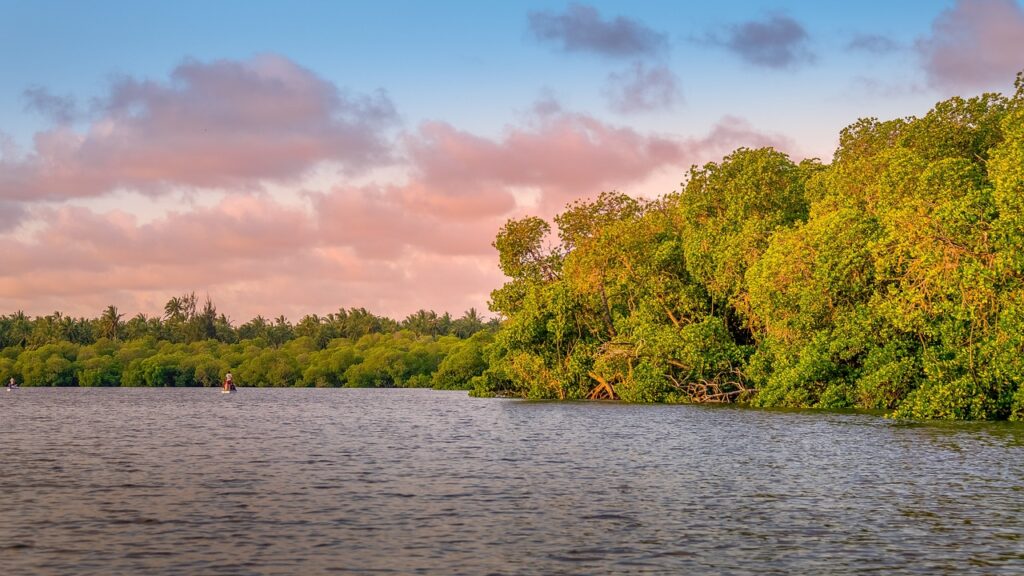
One of the most significant functions of mangroves is their ability to protect coastlines from erosion and storm surges. Their dense root systems act as natural barriers, absorbing wave energy and stabilizing shorelines. During severe weather events, such as hurricanes or typhoons, mangroves can mitigate the impact on coastal communities, reducing damage to infrastructure and saving lives. This protective capacity becomes increasingly important as climate change leads to more frequent and intense storms.
2. Habitat for Biodiversity

Mangroves serve as essential habitats for a wide variety of wildlife. They provide breeding grounds and nurseries for numerous marine species, including fish, crabs, and mollusks. Young fish often find refuge in the intricate root systems of mangroves, where they are safe from predators. This biodiversity not only supports the health of marine ecosystems but also sustains local fisheries, which many communities rely on for their livelihoods.
3. Carbon Sequestration

In our fight against climate change, mangroves emerge as unsung heroes. These trees are highly efficient at sequestering carbon dioxide, storing carbon in their biomass and the soil beneath them. In fact, mangroves can store up to four times more carbon than tropical forests on land. Preserving and restoring mangrove forests can significantly contribute to reducing greenhouse gases in the atmosphere, making them a key player in climate mitigation efforts.
4. Water Quality Improvement
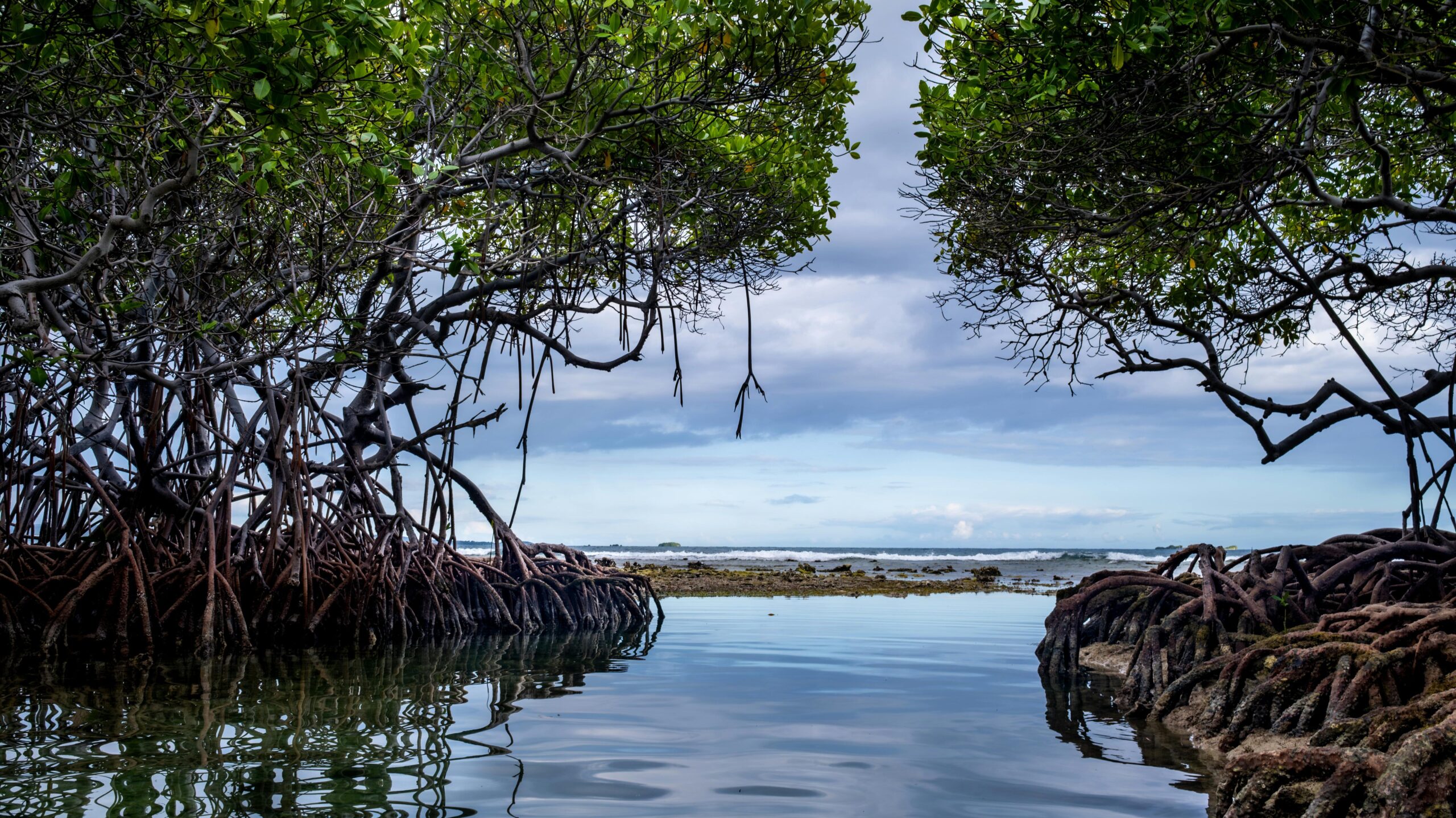
Mangroves play a crucial role in maintaining water quality by filtering pollutants and excess nutrients from coastal waters. Their root systems trap sediments and absorb harmful substances, preventing them from entering the ocean. This natural filtration process helps maintain the clarity and health of coastal waters, benefiting both marine life and human populations that depend on clean water for drinking and recreation.
5. Supporting Local Economies
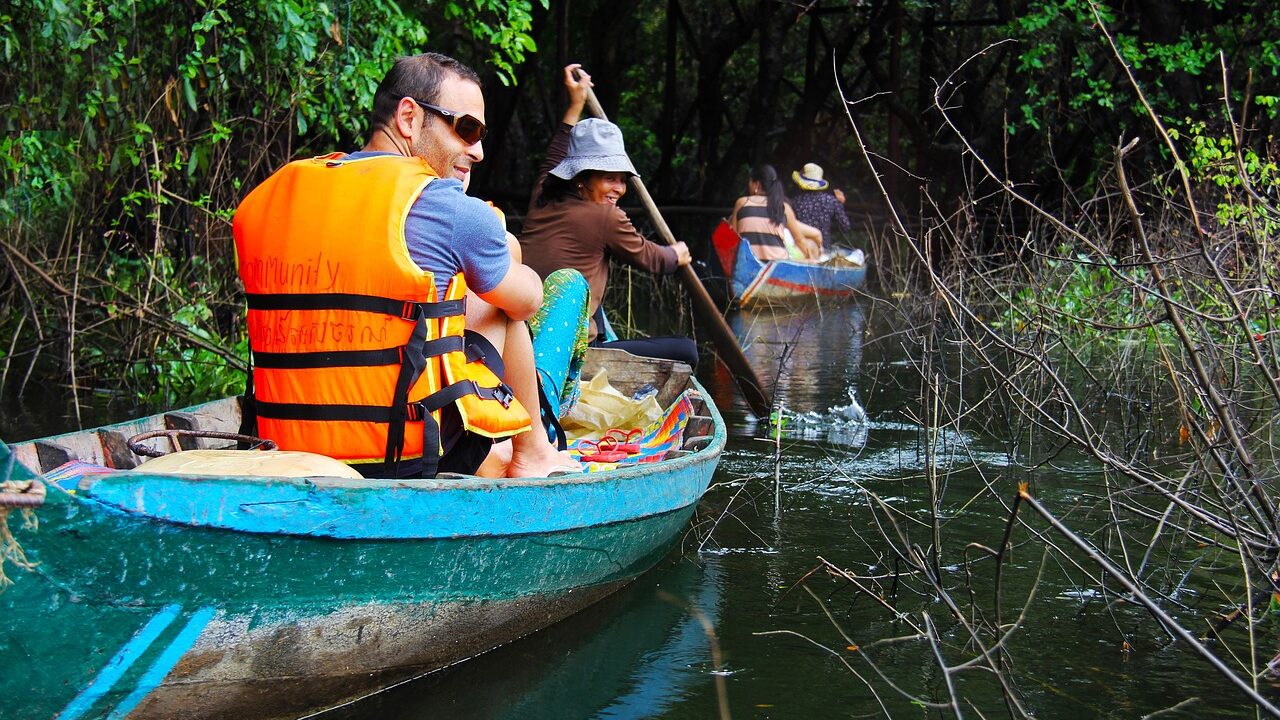
Many coastal communities rely on mangroves for their livelihoods. These ecosystems provide resources such as fish, shrimp, and crabs, which are vital for local diets and economies. Additionally, mangroves support eco-tourism, attracting visitors interested in exploring their unique beauty and biodiversity. By preserving mangroves, we not only protect our environment but also sustain the livelihoods of those who depend on these ecosystems.
Mangroves are invaluable ecosystems that contribute significantly to our oceans’ health and the well-being of coastal communities. From protecting shorelines and supporting biodiversity to sequestering carbon and improving water quality, their importance cannot be overstated.



